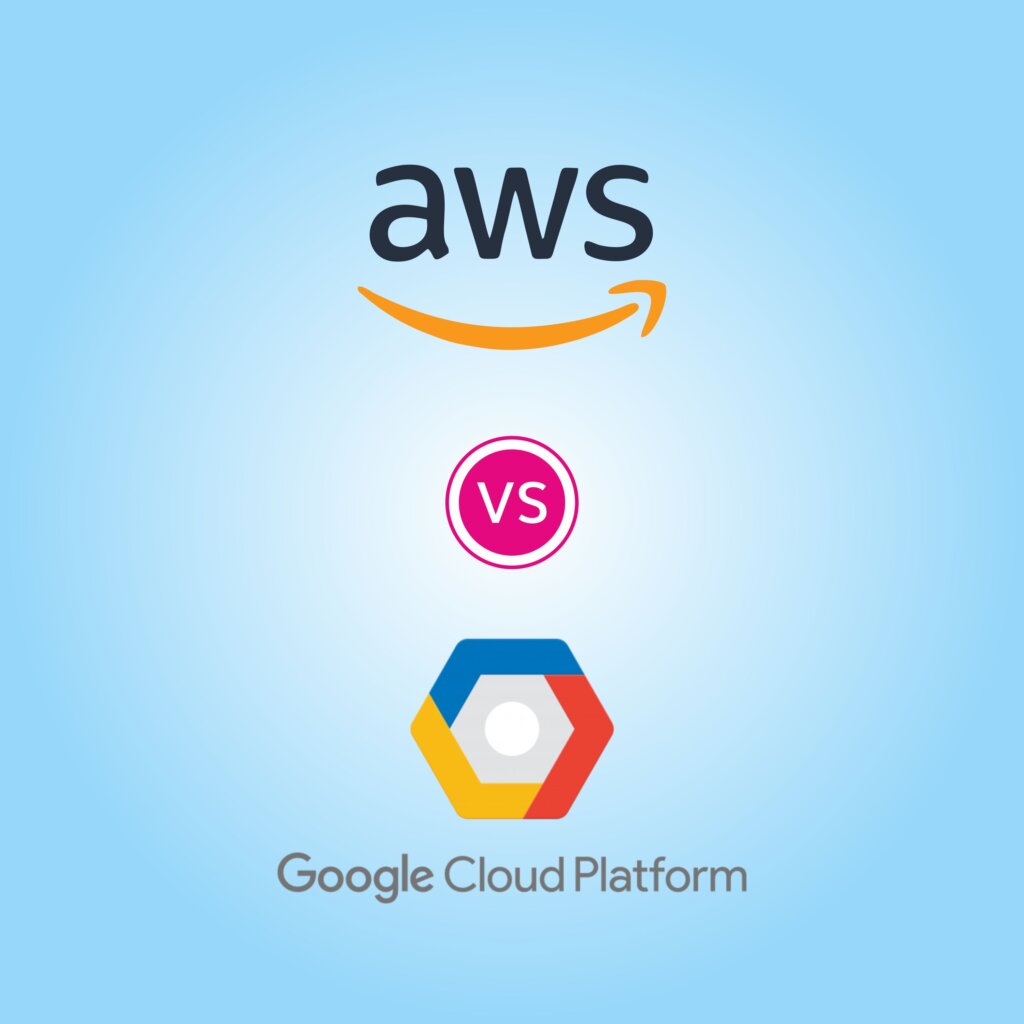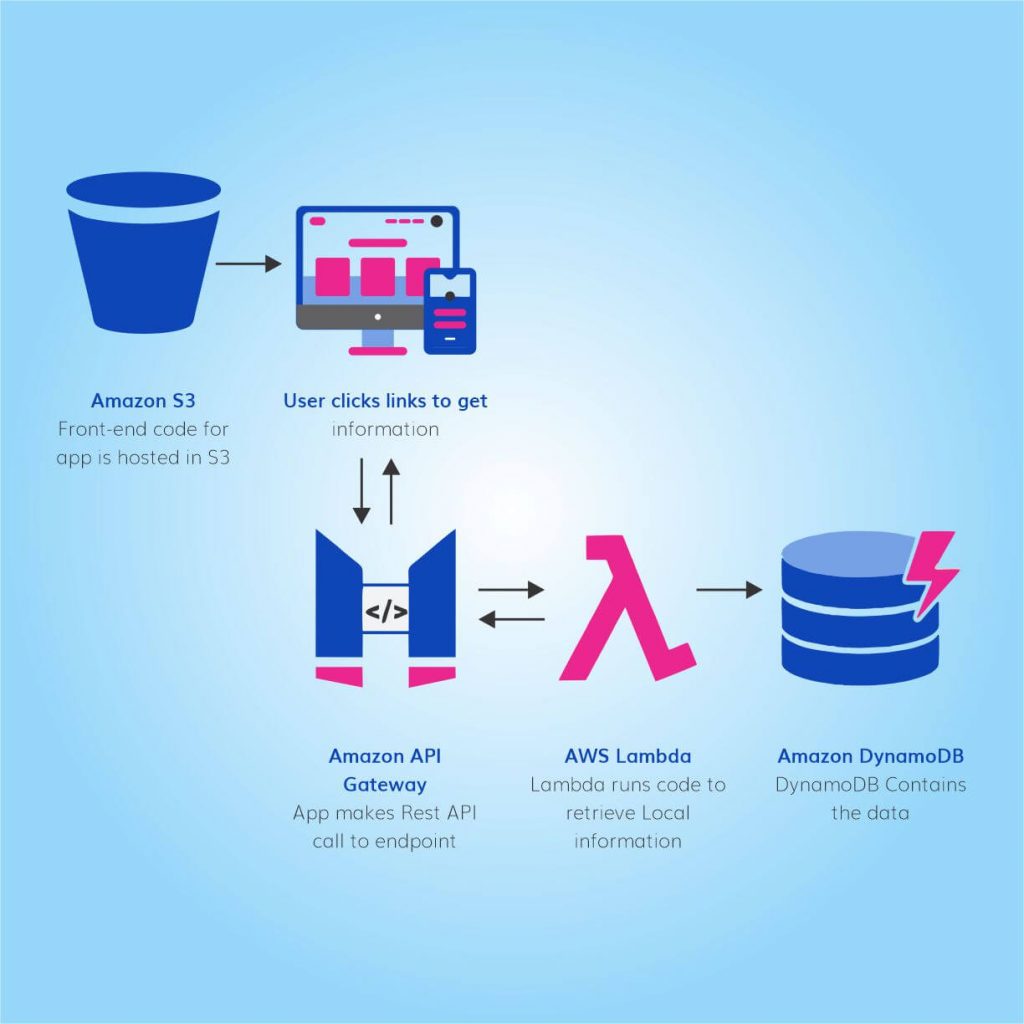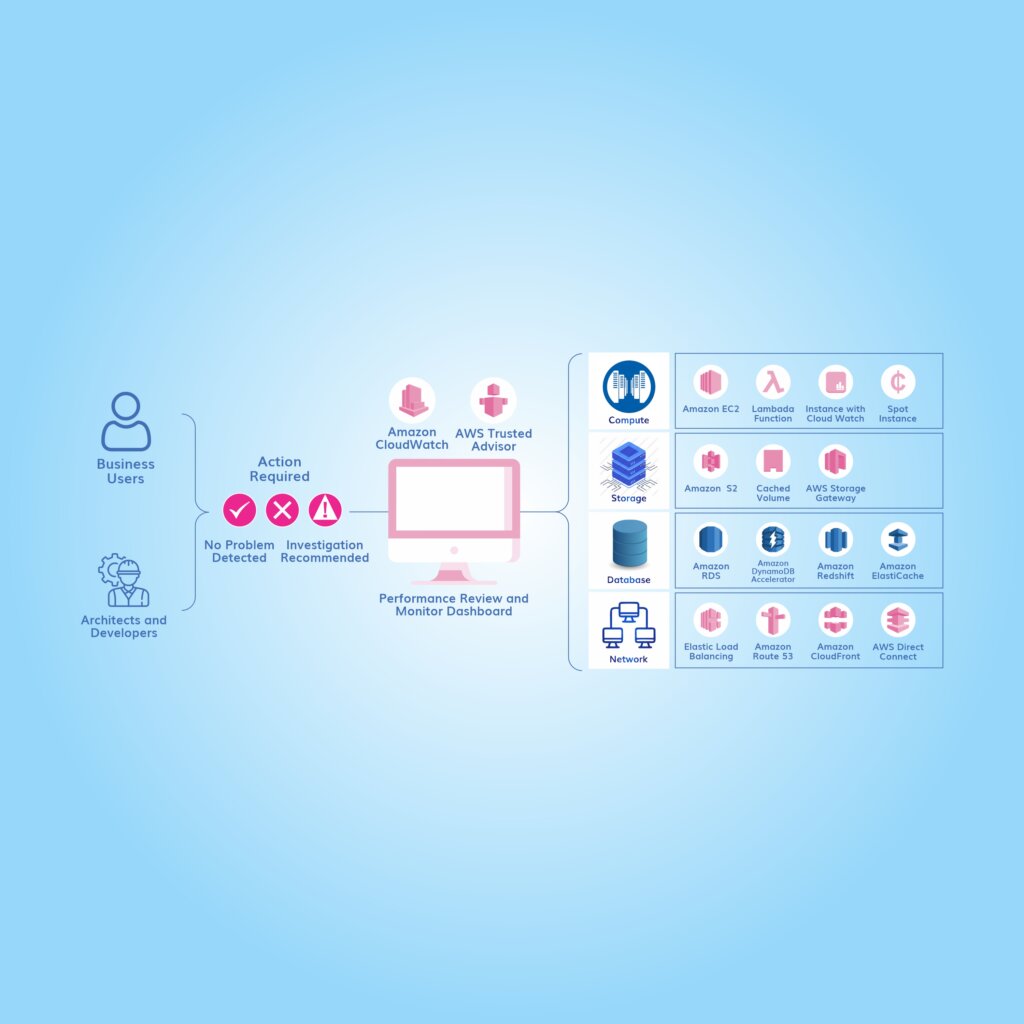How to Successfully Implement AI/ML and LLM Solutions in 2025
Artificial Intelligence (AI), Machine Learning (ML), and Large Language Models (LLMs) like GPT-4 are no longer experimental technologies. In 2025, they are reshaping how startups and enterprises deliver products, automate workflows, and personalize customer experiences. Yet, most AI initiatives struggle to move beyond prototype. Why? Because implementation—not ideation—is where the real complexity lies.
This guide is for CTOs, Heads of Product, and Founders looking to implement AI/ML and LLM solutions that drive measurable business outcomes. Whether you’re a Series A startup or a scaling SaaS firm, this blueprint will help you execute confidently.
Why Most AI Projects Fail (And How to Avoid It)
Despite the hype, over 70% of AI projects fail to deliver ROI. Common reasons include:
- Lack of clear business alignment
- Poor data quality or inaccessible data
- Choosing the wrong model for the task
- Ignoring integration and scalability challenges
- No roadmap for production readiness
To succeed, companies must treat AI as a product, not just a prototype.
Step-by-Step AI/ML and LLM Implementation Framework
1. Define a Clear Use Case with Measurable ROI
- Ask: What business process are we enhancing, automating, or reinventing?
- Examples: Automated customer support with GPT-4, fraud detection in transactions, intelligent CRM recommendations.
- Define success metrics upfront (e.g., reduce ticket handling time by 40%).
2. Conduct a Data Audit
- Assess data quality, structure, and availability.
- Identify gaps: What data do you need vs. what you have.
- Build a secure pipeline to gather and clean relevant data (structured + unstructured).
3. Select the Right Model Architecture
- LLMs (e.g., GPT-4) for natural language, summarization, content generation.
- ML models (XGBoost, Random Forest) for classification, predictions.
- Consider custom model fine-tuning or Retrieval-Augmented Generation (RAG).
4. Prototype and Test (Proof of Concept)
- Build an initial working version using limited data or a subset of functionality.
- Test usability, accuracy, latency, and integration ease.
- Validate ROI assumptions
5. Production Integration
- Deploy APIs or headless agents that interact with your app.
- Integrate with existing SaaS, CRM, ERP, or customer-facing apps.
- Use scalable cloud platforms (AWS, Azure, GCP) with CI/CD pipelines.
6. Focus on Governance, Security, and Compliance
- Encrypt data in transit and at rest.
- Control access via OAuth2 or SSO.
- Ensure compliance with HIPAA, GDPR, SOC2, or other relevant standards.
7. Continuous Monitoring & Optimization
- Implement observability: track performance, errors, and user feedback.
- Retrain models as new data comes in.
- Automate rollback and updates via MLOps practices.
How to Choose the Right AI Implementation Partner
Not all vendors are created equal. Here’s what to look for:
- Deep experience with both LLM and traditional ML models.
- Proven track record of secure API-based integrations.
- Ability to handle end-to-end delivery, not just PoC.
- Ignoring integration and scalability challenges.
- Strategic consulting mindset—not just developers.
Why Technosip?
We bring:
- 10+ years of AI-first product development experience.
- Successful GPT-4 integrations with Gmail, Notion, CRMs.
- Secure deployments for finance, healthcare, and enterprise clients.
- Deep expertise in RAG, fine-tuning, and production-grade LLM applications.
Real-World Case Study: Automating Support for a SaaS Startup
Client: Series A FinTech company
Challenge: High cost of live support with long response times
Solution: Built a GPT-4-powered assistant integrated with Gmail and CRM
Results:
- 3x faster response time.
- 50% lower support cost.
- Full deployment in < 8 weeks.
Takeaway: 2025 Is the Year to Act
If you’re not embedding AI/ML into your core workflows, your competitors are. With the right roadmap and partner, your organization can move from AI experimentation to real-world value.
BONUS: In-Depth Case Study – AI Assistant for a FinTech Startup
Discover how Technosip helped a Series A FinTech company automate customer support using a secure, GPT-4-powered assistant. This real-world case study breaks down our step-by-step implementation process and measurable business outcomes.
Step-by-Step AI/ML and LLM Implementation Framework
Client Overview
- Industry: Financial Technology.
- Stage: Series A.
- Team Size: 35 employees.
Challenges
- High support costs due to reliance on live agents.
- Long average resolution time (~18 hours).
- No central knowledge base for support content.
Our Solution
- Built a secure GPT-4-powered support assistant using OpenAI + Retrieval-Augmented Generation (RAG)
- Integrated with Gmail, CRM, and internal knowledge base.
- Embedded tone modeling and role-based access.
Results
- 3x faster response time (now ~6 hours).
- 50% reduction in L1 support cost.
- Full implementation delivered in 7.5 weeks.
Contact Us
We’d Love to Help You
Get in Touch
- Fill out a request form. Please brief your requirements in-detail. The more we know about your amazing idea, the better we will guide and assist you with project time and resources
- We’ll reach out to you on priority to discuss next steps in the meantime please check out our case studies and insights.
- We look forward to collaborating with you to bring your idea to the market sooner than the traditional route.
Related




